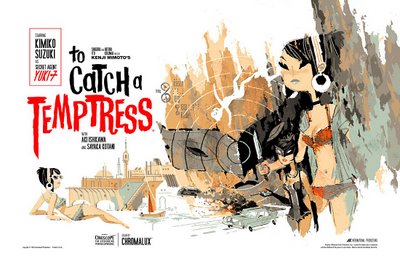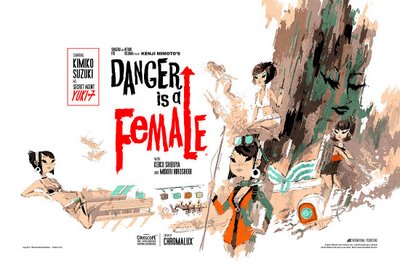[Editor’s Note: this film contains some adult humor. Viewer discretion advised.]
By Jason Apuzzo. Almost 18 months into the Obama Administration, Hollywood has become a kind of no-fly zone with respect to satire directed at The One. The idea around LA seems to be that Obama’s preternatural ‘cool’ and pseudo-revolutionary ambitions render him above normal satire. How, in effect, does one satirize a bodhisattva? There would appear to be no easy angle, no obvious comedic hook on Obama if you believe this line. Barack’s genius is so manifest, one could no more satirize him than one could satirize Miles Davis while he was recording Kind of Blue. Right?
Not quite. In the independent film world, where filmmaking is more adventurous than it is in Hollywood right now, the divine afflatus surrounding Obama is not so bright. Witness this episode of “The Adventures of Obama Man” above. “The Adventures of Obama Man” takes as its point of departure Obama’s early years in the 1980’s when he lived in New York City – years about which we know very little … until now.

What I enjoy about this little short film is its simplicity and understated humor. The depiction of Obama as a plastic doll, I think, directly and elegantly captures what many of us think about Barack: that his zeal for radical reform is matched only by his vacuity – the sense that he is, basically, a plastic man.
More than that, though: ‘Obama’ has become a kind of fetishized object – like an iPad or an iPhone – around which people orient a more ‘progressive’ and ‘enlightened’ lifestyle for themselves. ‘Obama’ the Man long ago gave way to ‘Obama’ the lifestyle/fashion accessory, similar in function and tone to a Louis Vuitton bag (both are stylish carriers of what is usually, on closer inspection, clutter and junk). It’s appropriate, then, that filmmaker Chilembwe Mason would depict ‘Obama Man’ here as a doll one can transport around like a totemic symbol – redolant of hipness, sophistication, ‘cool’ … with nothing really inside, other than a few pre-programmed phrases and a stiff finger pointing to an imaginary future.
Enjoy the short.



